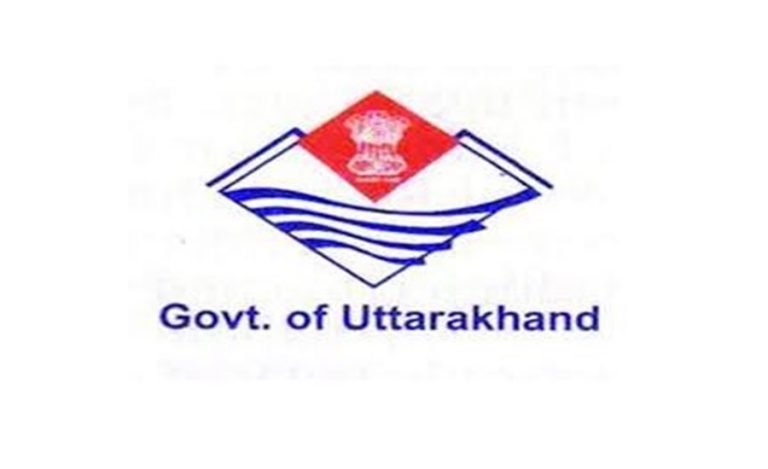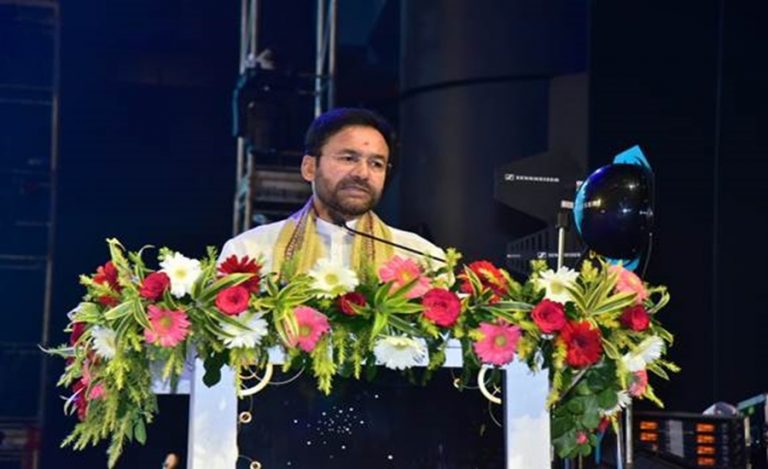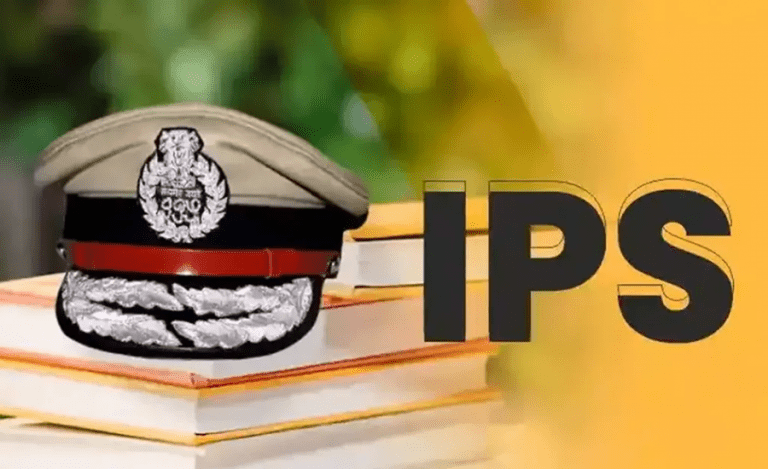The scale and rapidity with which Manas Tiger Reserve in Assam has translated policy into action and implemented schemes over the last one year has been reflected in the Management Effectiveness Evaluation of Tiger Reserves (MEE), conducted on a quadrennial basis by the Government of India through the National Tiger Conservation Authority (NTCA).
For the first time, Manas came in the ‘very good’ category and stood at an overall No 15 in the country. Remarkably, it stood at No 1 in the country in the ‘Planning’ category.
Indian Masterminds spoke to Field Director of Manas Tiger Reserve, Dr. Vaibhav Mathur, IFS, to know what made this possible.
GARNERING RESOURCE
The most important factor in translating policy into action and implementation of schemes is the availability of financial resources. The ongoing centrally sponsored scheme of Project Tiger, which forms the mainstay for day-to-day management interventions at Manas, had made a tentative allocation of Rs. 5.06 crores for the financial year 2022-23. Manas authorities urged the Central Government and convinced their Project Tiger Division to enhance this amount, and the allocation was increased from Rs. 3.5 crores to a whooping Rs. 8.5 crores.
The complicacy in getting these funds, however, was the fiscal prudence and tightening exercised by the Government of India through a Single Nodal Agency (SNA) dispensation through the PFMS (Public Financial Management System). Here too, Manas authorities took lead and established a streamlined SNA-PFMS system in consultation with the Forest Headquarters and Finance Department of Assam. This led to Manas, along with a few other tiger reserves in the country, to utilize all four instalments under Project Tiger.
Surprisingly, Manas did not have a single camera trap to monitor its wildlife prior to 2021, although it was among the first nine tiger reserves to be declared at the launch of Project Tiger in 1973. “We changed the scenario by tapping the CSR funds available with the NTCA, with the latter obliging by providing us with 400 camera traps,” Dr. Mathur said.
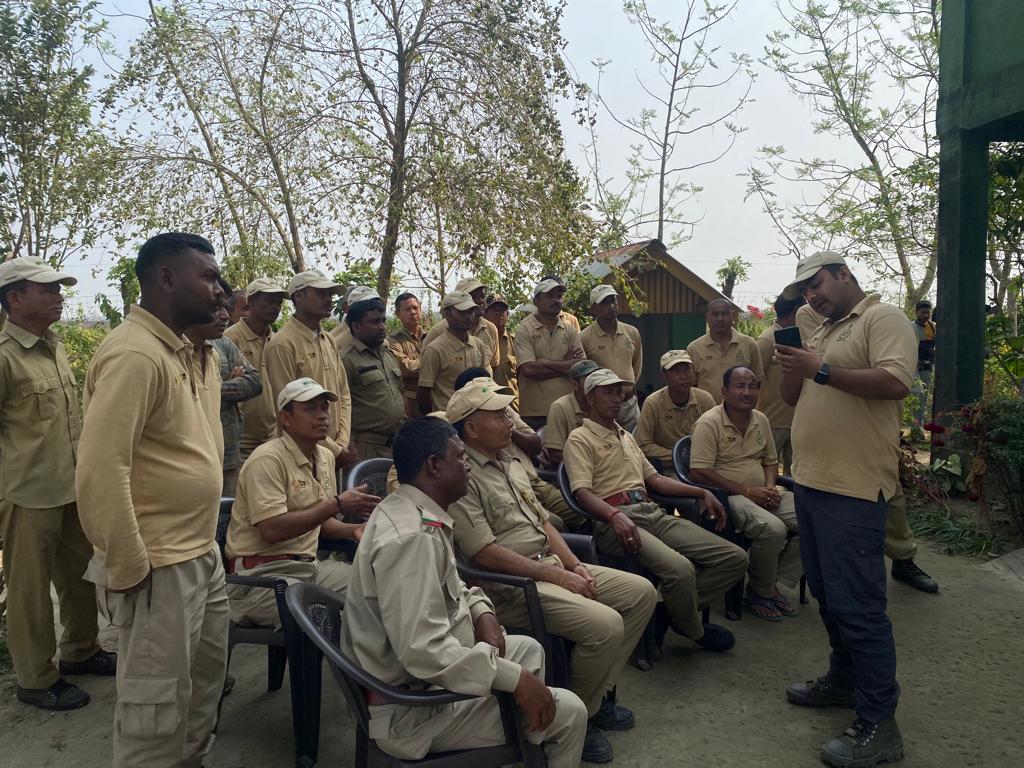
CAPACITY BUILDING, USE OF M-STrIPES
With funds and equipment in place, the next step was to build capacity of frontline staff in state-of-the-art protocols issued by the Government of India. Manas authorities evolved an ongoing programme of trainings and refreshers on a periodic basis, especially in the field of wildlife monitoring and the use of M-STrIPES (Monitoring System for Tigers, Intensive Protection and Ecological Status), an Android-based platform developed by the NTCA in line with Prime Minister Modi’s Digital India initiative. In addition, periodic trainings on legal perspectives are being provided using the experience of former officials of the department.
With such trainings, the frontline staff of Manas has been documenting wildlife on the M-STrIPES digital platform for the last two years in addition to counting tigers by carpeting the area with camera traps, all on their own.
Dr. Mathur said, “The M-STrIPES platform is now being used for daily patrolling, which has helped us identify gaps in protection as well as ensured greater accountability of frontline staff.”
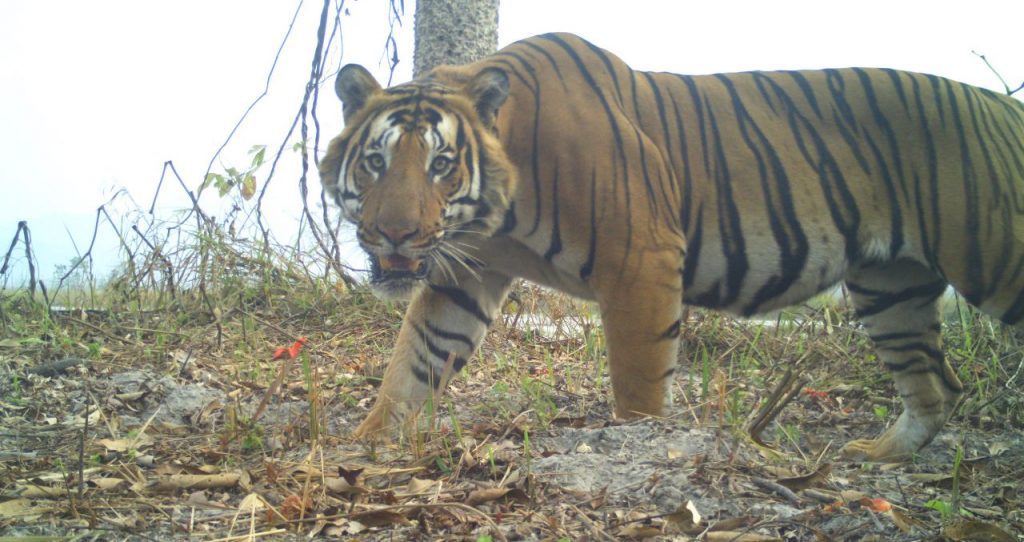
STRENGTHENING PROTECTION
Because of the ethno-political turmoil from which Manas had emerged, certain provisions of the Project Tiger Guidelines were not being followed. These are now being enforced to a large extent, which has resulted in efficient management of the park.
“Panbari range, towards the west of the park, especially bore the brunt of the conflict in the region till as late as 2016. Consequently, some of the anti-poaching camps were abandoned, and over a period, miscreants started taking advantage of the situation. To strengthen anti-poaching, two camps namely Phalangsi and Simlibeel were repaired and activated by deployment of staff,” Dr. Mathur informed.
In addition, many new camps have been set up in sensitive locations. Like the Kuklung Range, the 1st addition to Manas, that was brought under the control of the Field Directorate in October 2021. “The area was never managed form the wildlife point of view and requires significant infrastructure development to carry out area domination on a continuous basis. The strengthening of the southern boundary with anti-poaching camps as well as solar fencing is another important intervention,” Dr. Mathur said.
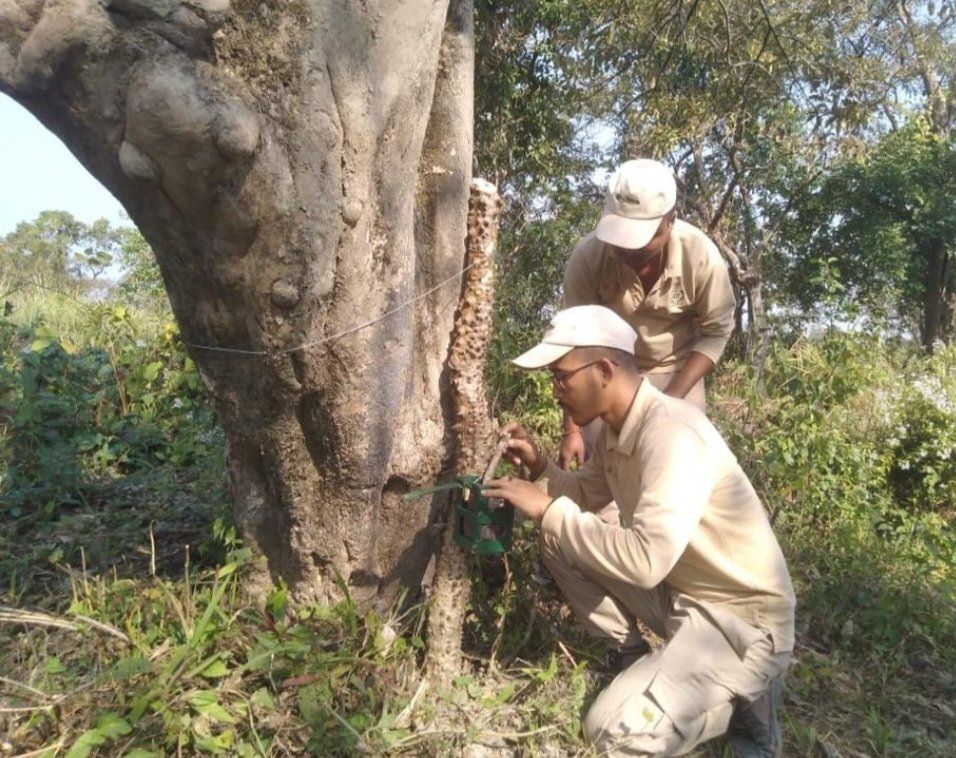
At the same time, the Manas Tiger Conservation Foundation, which was created to address the needs of communities beyond the park boundaries, had hit rock bottom as most of the revenue was going towards running day-to-day activities. Over the last one and a half years, strict fiscal discipline was exercised which saw the input into the Foundation rise by double. It is now in a position to facilitate the basic requirements of communities, which if sustained, shall go a long way in garnering their support and further strengthen the social buffer.
DATA MANAGEMENT
The ministerial staff of Manas Tiger Reserve were guided to keep track record of all schemes being implemented on a weekly basis. This helped in disbursing funds quickly following requisite financial codal formalities as well as submit reports of progress and utilization in a timely manner. “Besides, with two dedicated Field Biologists under Project Tiger, all our information is available in a GIS domain and is used for planning processes as well as implementation of activities,” Dr. Mathur added.
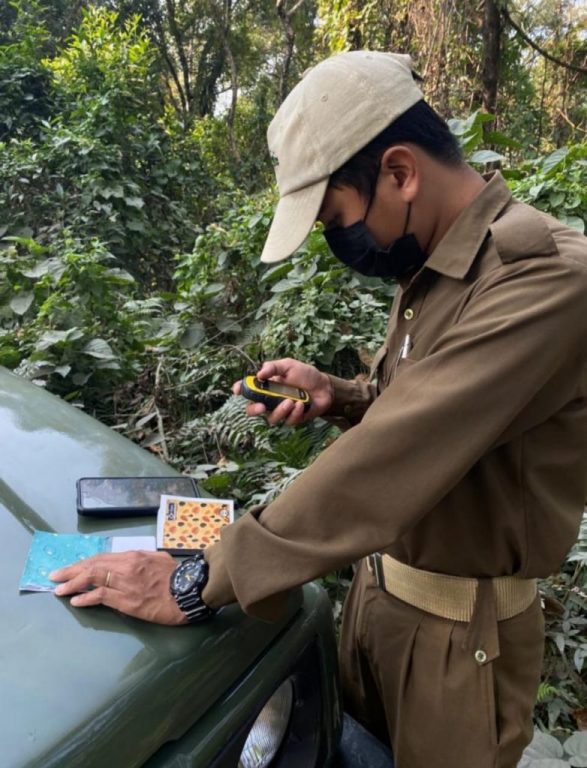
ONLINE VISITOR MANAGEMENT
Manas was the first Protected Area in Assam to start an online visitor management system. While going completely cashless, this has also thrown up lot of data for improving ecotourism management. Another recurring problem which the online system addressed was the observation of audit regarding delay in revenue remittances, which has taken off workload from the range staff as it now happens automatically.
ENGAGING COMMUNITY
Although 48 Eco Development Committees had been formed along the southern fringe of Manas across a length of nearly 100 kms, 38 of these were lying defunct. Initiatives were taken to engage with each EDC and understand their needs and requirements which could be addressed through various schemes as well as secure reciprocal commitments.
“In fact, using the Manas Tiger Conservation Foundation, we have started providing immediate relief for medical treatment to persons affected by wild animal depredation, which is in addition to relief provided by the Government,” Dr. Mathur said.
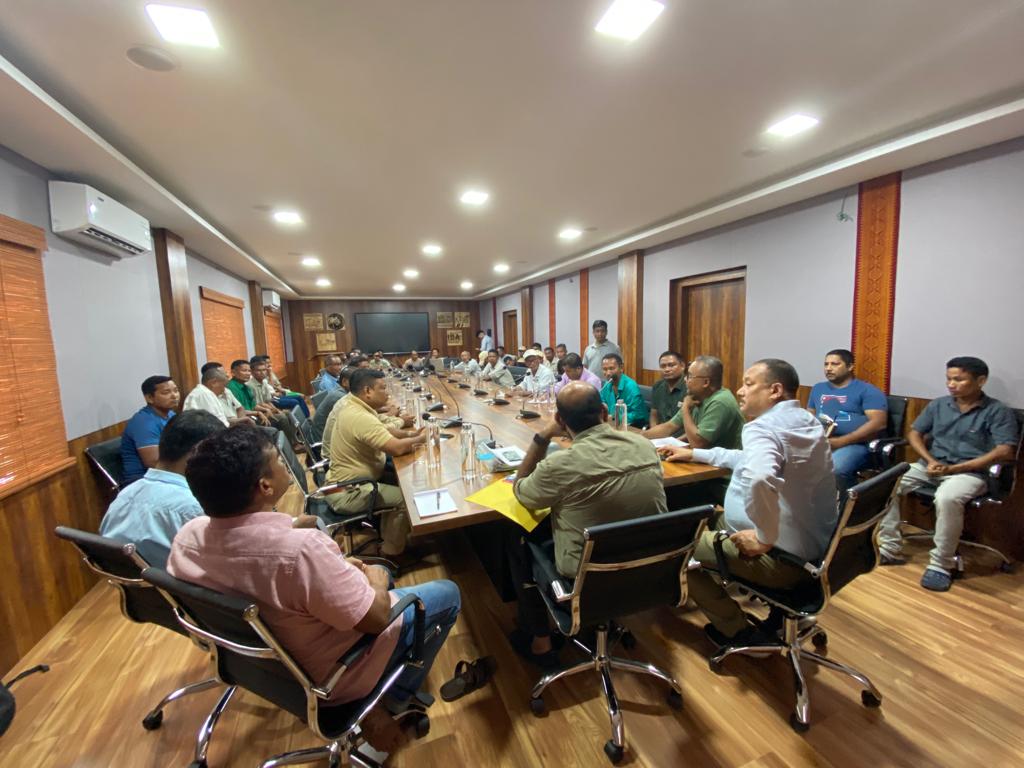
LEVERAGING CSR
Mobility was a major problem at Manas as most vehicles were old, hence Manas authorities leveraged CSR by engaging with corporate houses and were successful in convincing the ICICI Foundation to provide the same. Dr. Mathur said, “Ten 4WD field vehicles were given in a single tranche by the ICICI Foundation, which is a record of sorts for a protected area in India.”
STAFF MORALE
Provision of uniforms and torches was a constant grudge of the field staff. In the last one year, uniform and requisite gear have been provided to them under Project Tiger as well as SOPD schemes, with some assistance from the Manas Tiger Conservation Foundation. Also, new water filters and solar batteries were installed in all camps in order to ensure the basic minimum facilities for the staff living in difficult terrain.

CLIMATE CHANGE
With climate change and its mitigation assuming importance, the NTCA along with the Energy and Resources Institute (TERI), after approval from the Union Government, shall be assessing the carbon stock of the forests in Manas and leverage the same in carbon markets to develop a sustained income source from it. Though still in a preliminary stage, a beginning has been made in this thematic area.
MANAGEMENT EFFECTIVENESS
All these initiatives and activities, taken up over the last one year, has resulted in Manas performing well in the Mee scorecard, the evaluation of Tiger Reserves conducted on a quadrennial basis by the Government of India through the NTCA. For the first time, Manas came in the ‘very good’ category and stood at an overall no. 15 in the country. However, what is remarkable is that it stood at No 1 in the country in the ‘Planning’ category.
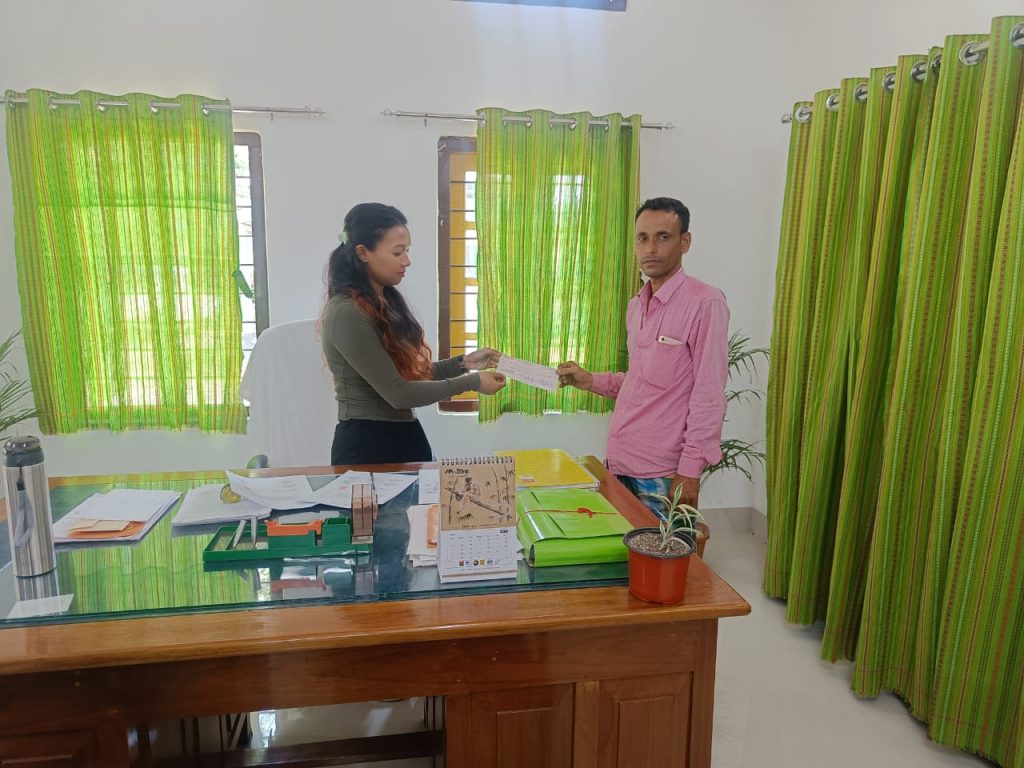
However, deficiencies remain, admits the Field Director. There is a crippling shortage of forest guards and the vacancy stands at 70%, which has affected area domination as well as rhino translocation. And, there are still dependencies of the fringe villagers on the forest, which poses a threat to habitat.
“But, we are hopeful that with the central and state governments ongoing and sustained commitment, and with management operationalized through a statutory Tiger Conservation Plan, management of the Manas Tiger Reserve will continue to show a rise,” Dr. Mathur said in conclusion.









